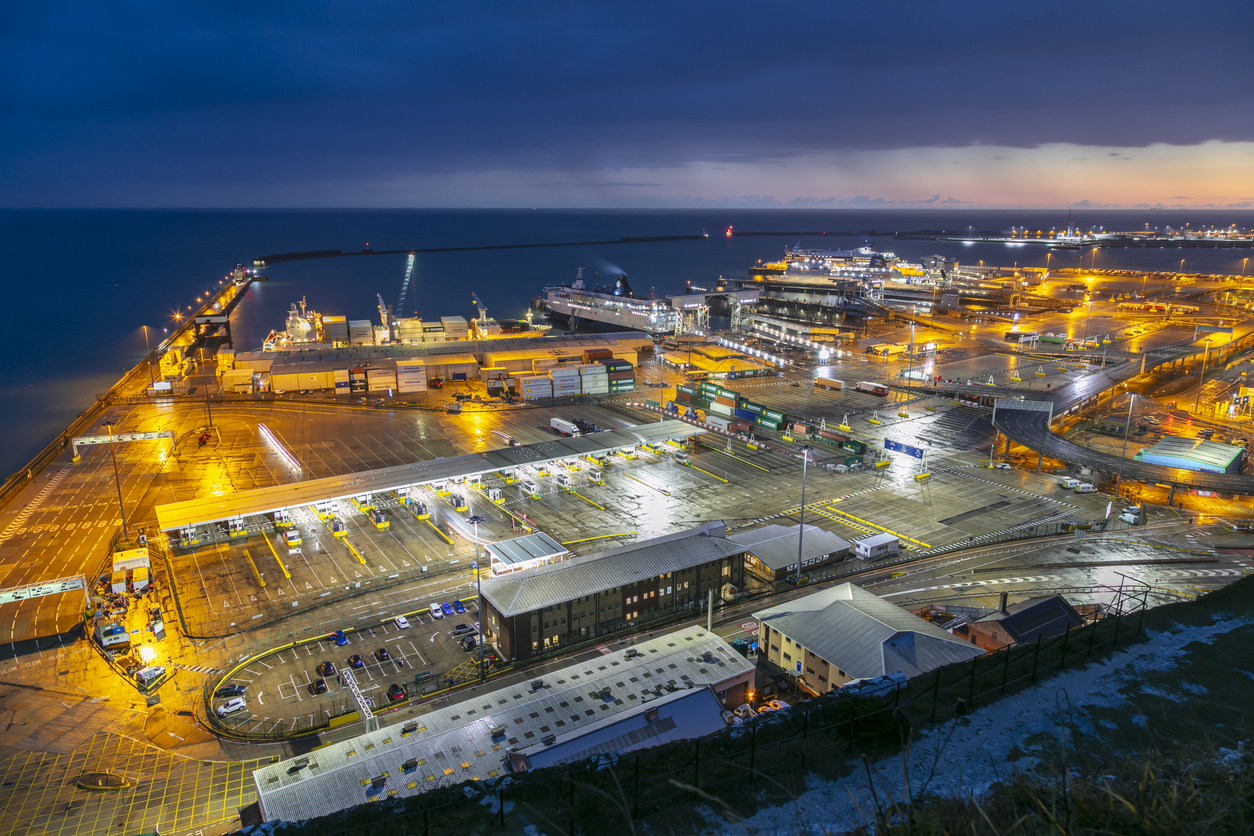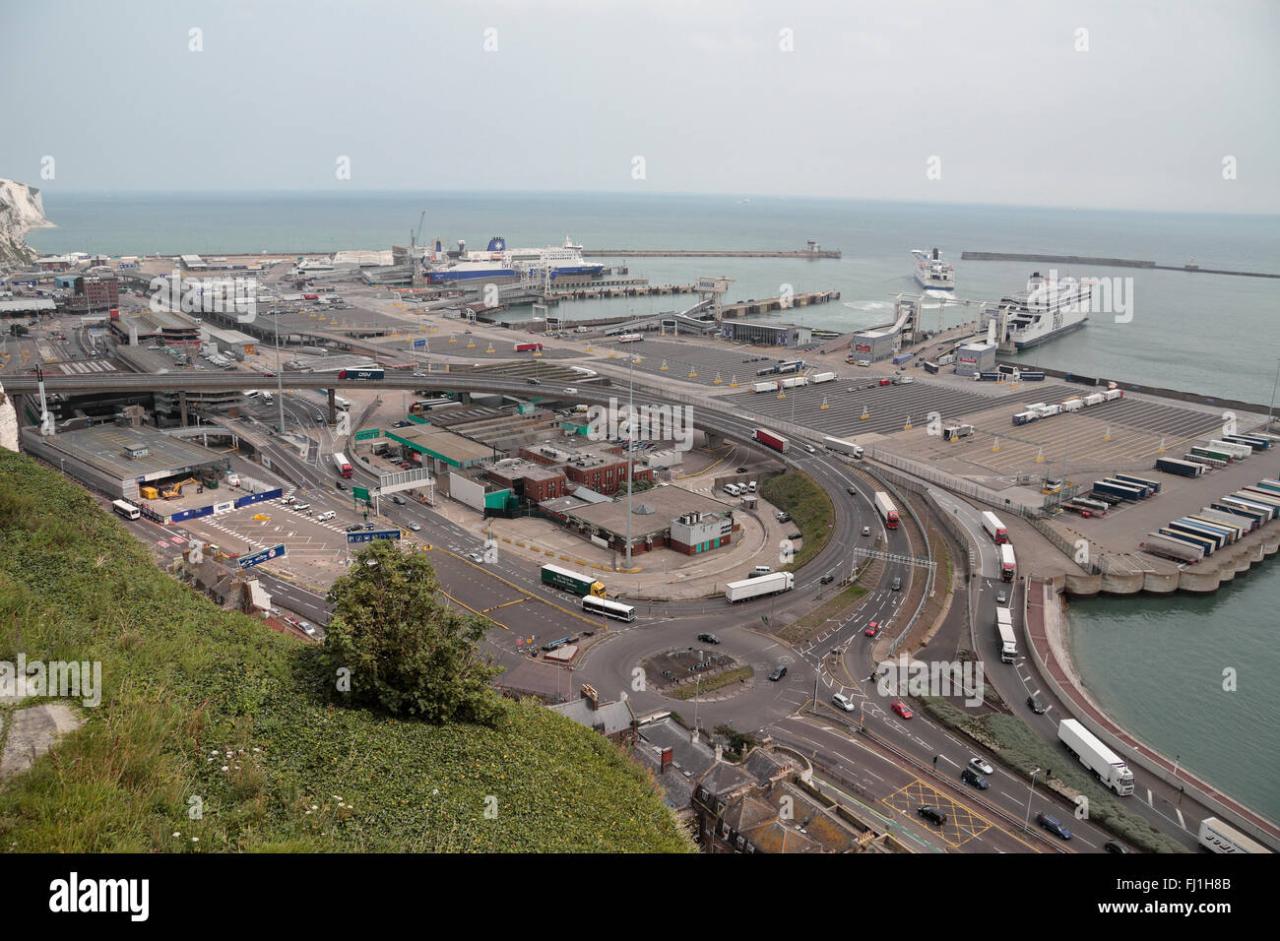Port Dover camera systems play a multifaceted role in the town’s daily life, impacting tourism, business operations, and public safety. These cameras, ranging from discreet security systems in local businesses to more prominent traffic monitoring installations, capture a significant amount of visual data. Understanding their placement, functionality, and legal implications is crucial to evaluating their overall effect on the community.
This analysis explores the various types of cameras deployed throughout Port Dover, their intended purposes, and the technological infrastructure supporting their operation. We will examine the legal and ethical considerations associated with public surveillance, including privacy concerns and data protection regulations. Finally, we will assess the impact of these camera systems on both tourism and local businesses, weighing the potential benefits against any drawbacks.
Port Dover Camera Network: A Comprehensive Overview
Port Dover, a vibrant town on the shores of Lake Erie, utilizes a network of cameras for various purposes, impacting tourism, business, and public safety. This overview details the locations, types, functionality, legal aspects, and broader implications of this camera network.
Port Dover Camera Locations and Types
Cameras in Port Dover are strategically positioned in high-traffic areas to maximize their effectiveness. These locations include popular tourist spots like the waterfront, Main Street, and the beach areas. Businesses also frequently install security cameras on their premises. The types of cameras vary; common examples include security cameras providing surveillance footage, traffic cameras monitoring vehicle flow, and webcams offering live streaming views of the town for tourism promotion.
| Location | Camera Type | Purpose | Estimated View |
|---|---|---|---|
| Port Dover Main Street | High-resolution security cameras | Surveillance, crime prevention | Wide angle view encompassing sidewalks, shops, and street traffic. |
| Port Dover Beach | Weatherproof security cameras | Public safety, crowd monitoring | Panoramic view of the beach, encompassing the shoreline and surrounding areas. |
| Port Dover Harbour | High-definition PTZ cameras | Harbour surveillance, boat traffic monitoring | 360-degree view of the harbour, encompassing docks, boats, and surrounding buildings. |
| Intersection of Main Street and Lake Street | Traffic cameras | Traffic flow monitoring, accident detection | Wide angle view covering the intersection, capturing traffic patterns. |
Port Dover Camera Functionality and Usage

Cameras in Port Dover serve multiple functions. Security cameras primarily provide surveillance for crime prevention and investigation. Traffic cameras monitor traffic flow, aiding in traffic management and accident investigation. Webcams offer live streaming views, promoting tourism by showcasing the town’s beauty and activities. Businesses utilize cameras for security, loss prevention, and customer service, while the local government uses them for public safety, traffic management, and urban planning.
For example, camera footage can be used to identify suspects in criminal investigations, optimize traffic light timing, and create promotional videos for tourism websites.
The Port Dover camera network provides valuable surveillance, particularly regarding maritime activity. Its capabilities are being enhanced to better identify and track various aerial threats, including the increasingly prevalent use of drones like the shahed drone , which presents a unique challenge due to its small size and maneuverability. Improved analysis of Port Dover camera footage will aid in quicker detection and response to such threats.
Legal and Ethical Considerations of Port Dover Cameras

The use of surveillance cameras in public spaces raises significant legal and ethical concerns. Canadian privacy laws, such as PIPEDA, dictate how personal information captured by cameras must be handled. Ethical considerations center on the balance between public safety and individual privacy. Data protection is paramount, requiring secure storage and limited access to footage.
Best practices for responsible camera usage include clear signage indicating camera presence, data encryption, limited retention periods, and a well-defined policy for accessing and using recorded footage. Transparency and public awareness are crucial to fostering trust and addressing privacy concerns.
Impact of Port Dover Cameras on Tourism and Business

Cameras can positively impact tourism by enhancing safety and security, creating a sense of security for visitors. Live streaming webcams showcase the town’s attractions, boosting tourism. However, concerns about privacy surveillance could negatively affect tourism. Businesses benefit from improved security, loss prevention, and enhanced customer service. Conversely, overly intrusive surveillance could deter customers.
The overall impact depends on the implementation and communication surrounding the camera network. A balance between security and privacy is essential for maximizing positive impacts and minimizing negative ones.
Technical Aspects of Port Dover Cameras
Maintaining a camera network in Port Dover requires robust infrastructure, including reliable power supply, high-speed internet connectivity, and appropriate data storage solutions. Challenges include camera maintenance, technological updates, and potential cybersecurity vulnerabilities. High-resolution cameras with night vision capabilities are particularly beneficial in Port Dover’s diverse lighting conditions.
The choice of camera technology directly impacts effectiveness. High-resolution cameras provide clearer images, while night vision capabilities are crucial for surveillance during low-light conditions. Regular maintenance and timely technology updates are crucial for optimal performance and security.
Visual Representation of Port Dover Camera Coverage
A hypothetical map of Port Dover’s Main Street would show a network of cameras strategically positioned to provide comprehensive coverage. Cameras would be placed at intersections, facing both directions, minimizing blind spots. However, areas like narrow alleyways might present challenges for complete coverage. Camera angles would be optimized to capture pedestrian and vehicular traffic, ensuring a balance between broad surveillance and individual privacy.
A typical camera view from a location overlooking the Port Dover harbour would showcase the bustling harbour activity, including fishing boats, pleasure craft, and the waterfront buildings. The camera would capture the vibrant atmosphere of the harbour, encompassing the surrounding landmarks and the picturesque lake views. The detailed view would include the distinctive architecture of the buildings, the movement of boats, and the overall dynamic environment of the harbour.
In conclusion, the network of cameras in Port Dover presents a complex interplay of benefits and concerns. While offering enhanced security and potential for improved tourism marketing, it’s crucial to maintain a balance between public safety and individual privacy rights. Responsible implementation, transparent policies, and adherence to legal and ethical guidelines are paramount to ensuring the positive contribution of these systems to the Port Dover community.
The Port Dover camera network, while primarily focused on local security, occasionally captures interesting aerial activity. Recently, footage showed what appeared to be a small, unidentified drone, possibly related to the technology behind the shahed drone , though confirmation is pending. Further analysis of the Port Dover camera recordings is underway to determine the drone’s origin and purpose.
Further investigation into specific camera locations and their data usage protocols would provide a more complete picture of their overall impact.
Questions Often Asked: Port Dover Camera
What types of data are collected by Port Dover cameras?
The type of data collected varies depending on the camera’s purpose. This could include visual recordings, timestamps, and potentially location data, depending on the system’s capabilities.
Who has access to the footage captured by these cameras?
Access to camera footage is typically restricted to authorized personnel, such as law enforcement or designated municipal employees. Specific access protocols will vary depending on the system’s owner and operator.
How long is camera footage typically stored?
Data retention policies vary. Footage may be stored for a short period (e.g., a few days to a few weeks) or longer, depending on the legal requirements and the camera system’s storage capacity.
What are the penalties for unauthorized access to camera footage?
Unauthorized access to camera footage is a serious offense that can result in legal repercussions, including fines and imprisonment, depending on the jurisdiction and the nature of the violation.
